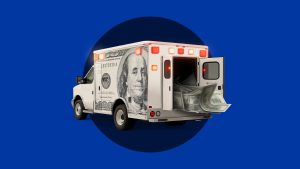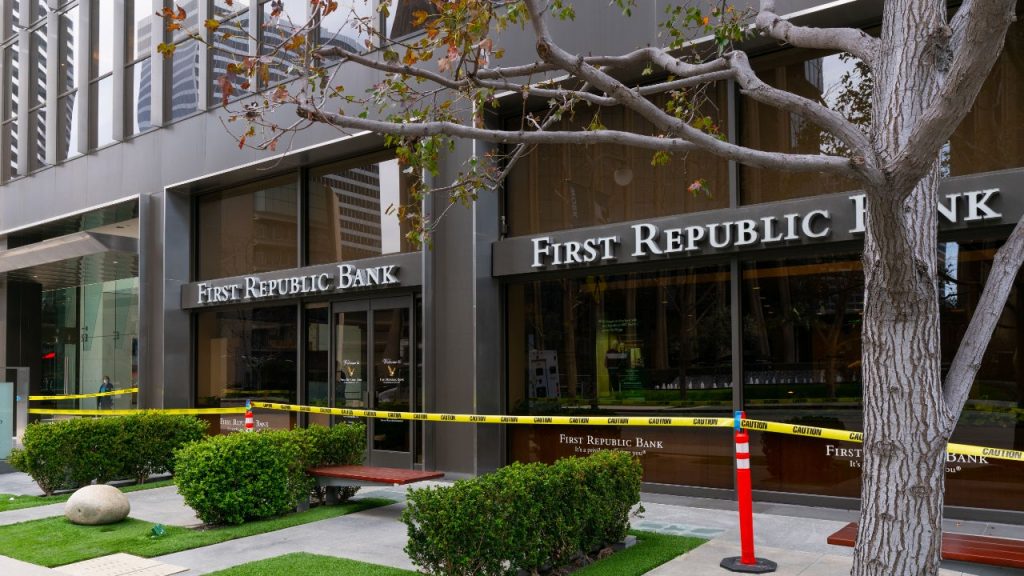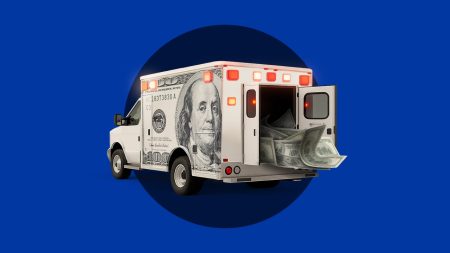AaronP/Bauer-Griffin / Contributor/Getty Images
A bank failure occurs when a state or federal regulator closes it, typically after determining that it’s insolvent. When this happens, the Federal Deposit Insurance Corp. (FDIC) steps in to cover member banks’ insured deposits. Regardless of its size, the bank is insured, provided it’s a member of the FDIC.
Since the FDIC was formed in 1933, there have been thousands of bank failures in the U.S. Fortunately, failures at larger banks don’t happen often. But in 2023, the banking industry saw three major banks fail, when Silicon Valley Bank collapsed, followed by Signature Bank and First Republic Bank, sending shock waves through the banking industry.
How did those failures stack up against other major bank failures? And what can you do to ensure you never need to lose sleep over your bank’s health? Read on to see the list of the eight largest bank failures and what it takes to protect your money in the event of a bank failure.
History lesson
In March 2023, the banking community was thrown for a loop when Silicon Valley Bank (SVB), which provided financial services to startup technology companies in Silicon Valley, failed, resulting in its parent company, SVB Financial Group, filing for Chapter 11 bankruptcy protection. In its wake, two other major banks failed: Signature Bank and First Republic Bank. SVB was the 16th largest bank in the U.S. earlier that year, but it became the largest bank in 15 years to fail since the global financial crisis of 2008. For a thorough understanding of the collapse of these banks, and the lessons learned by consumers, read Bankrate’s comprehensive analysis of the failures of Silicon Valley Bank, Signature Bank and First Republic Bank.
The eight largest bank failures
| Bank name | Bank failure date | Assets* |
|---|---|---|
| Washington Mutual Bank (WAMU) | Sept. 25, 2008 | $307 billion† |
| First Republic Bank | May 1, 2023 | $212.6 billion |
| Silicon Valley Bank | March 10, 2023 | $209.0 billion |
| Signature Bank | March 12, 2023 | $110.4 billion |
| Continental Illinois National Bank and Trust Co. | May 17, 1984 | $41.4 billion |
| First RepublicBank, Dallas | July 29, 1988 | $32.5 billion |
| IndyMac Bank, F.S.B. | July 11, 2008 | $32.0 billion |
| Colonial Bank | Aug. 14, 2009 | $25 billion† |
Note: This table only includes bank failures, not banks that were provided assistance.
*Ranked by assets at, or near, the time of bank failure.
†Rounded to the nearest billion.
Sources: FDIC, Federal Reserve and the Federal Reserve Bank of St. Louis.
Recent bank failures
During the Great Depression, from 1930 to 1933, approximately 9,000 banks failed, taking with them $7 billion in depositors’ assets, according to the FDIC. As a result, the Banking Act of 1933 — also known as the Glass-Steagall Act — signed by President Franklin Roosevelt, created the FDIC.
Today, bank failures are far less numerous than they were in the 1930s, but they still occur. For example, from 2001 through today, there have been some 570 bank failures, according to the FDIC. Of note, more than 500 of these failures occurred between 2007 and 2014 due to the global financial crisis.
Here’s a look at bank failures that have occurred since First Republic Bank closed on May 1, 2023. All the bank failures since then have had significantly smaller total assets than the eight largest bank failures.
| Date of bank failure | Failed bank | Total Assets |
| July 28, 2023 | Heartland Tri-State Bank | $139 million |
| Nov. 3, 2023 | Citizens Bank | $66 million |
| April 26, 2024 | Republic First Bank (dba Republic Bank) | $6 billion† |
| Oct. 18, 2024 | The First National Bank of Lindsay | $107.8 million |
| Jan. 17, 2025 | Pulaski Savings Bank | $49.5 million |
| June 27, 2025 | The Santa Anna National Bank | $63.8 million |
Source: FDIC
How to make sure you’re banking safely
Because bank failures occur from time to time, it’s important to have your money in a bank that’s insured by the FDIC or by the National Credit Union Administration (NCUA) if you’re banking at a credit union. It’s also important to understand how deposit insurance works, including what types of bank accounts are covered (such as those listed in Bankrate’s best high-yield savings accounts and Bankrate’s best money market accounts), and what the limitations include.
Read Bankrate’s comprehensive primer guide about the FDIC, and how it’s designed to protect bank consumers. If you bank at a credit union, read Bankrate’s guide NCUA: What it is and how it keeps your money at credit unions safe.
No matter how large your bank is, you must keep all of your deposits under full FDIC protection. The risk of a failure may seem remote, but nonetheless it is not a risk you are being compensated for.
— Greg McBride, CFA | Bankrate Chief Financial Analyst
FDIC insurance is backed by the U.S. government and guarantees bank consumers that their money is safe for up to a limit of $250,000 per depositor, per FDIC-insured bank, per ownership category.
Bankrate’s best rates
Whether you’re looking to open a new bank account or socking away cash in a high-yielding deposit account for a major life event, you can trust Bankrate to provide you with timely, comprehensive lists of top-rated deposit accounts. From Bankrate’s best checking accounts to best certificates of deposit, you can sleep tight at night with our list of banks and credit unions that offer accounts nationwide, all from financial institutions that are federally insured.
Bottom line
It doesn’t matter whether your bank is the largest in the country or a one-branch bank in rural America — if it’s a member of the FDIC, your money is protected within its guidelines should your bank fail.
It’s important to note that credit unions can fail, too. Credit union members should make sure they’re banking at an NCUA-member credit union. The NCUA manages the National Credit Union Share Insurance Fund, or NCUSIF, which guarantees money in a credit union’s account is backed with the full faith and credit of the U.S. government.
Why we ask for feedback
Your feedback helps us improve our content and services. It takes less than a minute to
complete.
Your responses are anonymous and will only be used for improving our website.
Help us improve our content
Read the full article here









